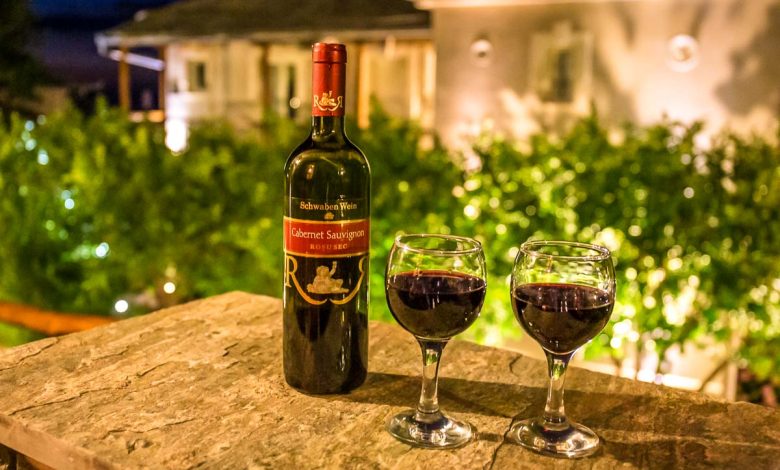Romanian Wines: The Untapped Heritage of Eastern Europe

Nestled in the heart of Eastern Europe, Romania has a viticultural history that rivals some of the oldest wine regions in the world. Despite its ancient roots, Romanian wines remain one of Europe’s best-kept secrets. As wine enthusiasts increasingly look towards lesser-known regions, Romania’s diverse terroir, indigenous grape varieties, and evolving winemaking techniques make it a burgeoning hotspot.
More information about different cuisines you may find on https://gastronomy.space.
1. A Glimpse into History
Winemaking in Romania dates back over 4,000 years. The Dacians, the ancient inhabitants of Romania, were known for their viticultural practices long before Roman colonization. Over centuries, the region has been influenced by various empires and cultures, each contributing to the richness of its wine heritage.
2. Key Wine Regions
Romania boasts ten main wine regions, each with its distinct climate and soil types:
- Murfatlar: Located in southeastern Romania, this sunny region is known for both its aromatic white wines and full-bodied reds.
- Dealul Mare: Renowned for its high-quality red wines, it benefits from a temperate continental climate and rich soils.
- Cotnari: Situated in northeastern Romania, it’s famous for its sweet white wines, often compared to Hungary’s Tokaji.
3. Indigenous Grape Varieties
While Romania grows international grape varieties like Merlot, Cabernet Sauvignon, and Chardonnay, it’s the native varieties that are particularly intriguing:
- Fetească Neagră: An ancient red grape variety, producing wines with blackberry and cherry flavors, often complemented by spicy notes.
- Grasă de Cotnari: Used predominantly in the Cotnari region, this white grape is behind some of Romania’s most prized dessert wines.
- Fetească Albă: A versatile white grape that can produce both dry and sweet wines with floral and citrus nuances.
4. Modern Winemaking Meets Tradition
The fall of communism marked a new era for Romanian winemaking. With an influx of investments, many wineries have modernized their techniques, blending contemporary practices with age-old traditions. Whether it’s aging wine in oak barrels or using ancient fermentation techniques, Romania offers a fascinating fusion of old and new.
5. Wine Tourism and Culture
Romania’s wine routes are a journey through picturesque landscapes, historic cellars, medieval castles, and monasteries. Regions like Transylvania, famous for its Dracula lore, also present delightful wines that enhance its mystical appeal. Wine festivals, like the Bachus Festival in Focșani, celebrate the country’s rich wine heritage with music, dance, and, of course, wine tasting.
6. International Recognition
While historically overshadowed by its Western European counterparts, Romanian wines are beginning to make waves in international wine competitions. Critics are taking note of its ability to produce high-quality wines at attractive price points, making them an excellent choice for both novice and seasoned wine enthusiasts.
7. Sustainability and Biodynamics
Embracing global trends, several Romanian wineries are shifting towards sustainable, organic, and biodynamic practices. This holistic approach to winemaking is not only environmentally beneficial but also reflects in the purity and complexity of the wines.
Romania’s vast viticultural treasure, rooted in history and propelled by modernity, offers a tantalizing array of wines waiting to be explored. From the crisp whites of Cotnari to the robust reds of Dealul Mare, Romanian wines are a testament to the country’s rich terroir and passionate winemakers. As the world’s thirst for unique and authentic wine experiences grows, Romania is poised to emerge as a beacon for those seeking the road less traveled in the world of wine.





